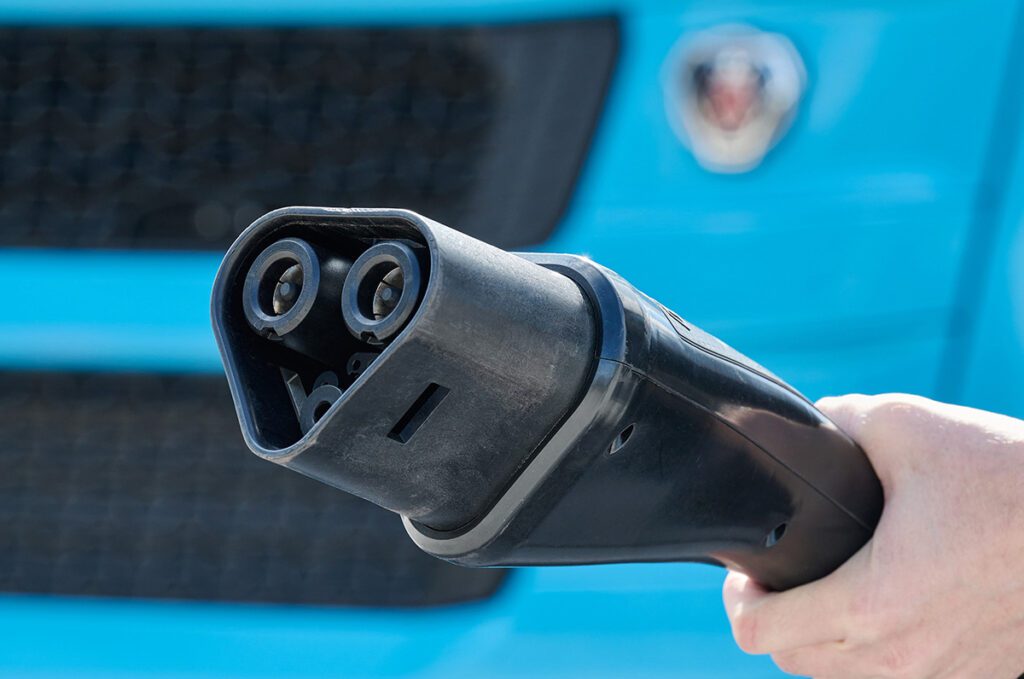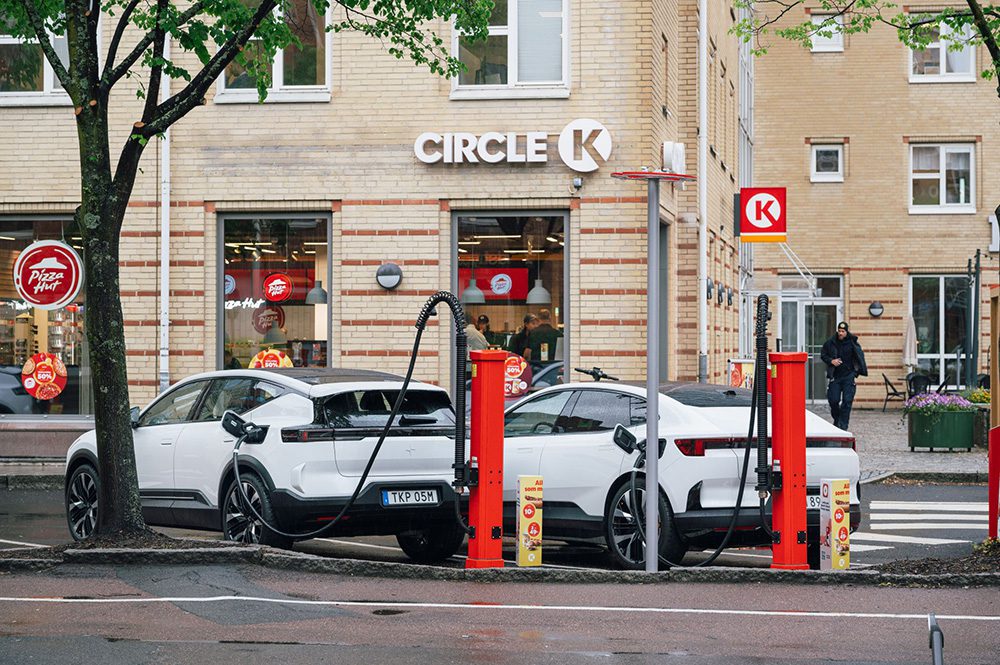The electromobility revolution is still in its early days and, as was the case with the internet twenty years ago, it’s far from clear what the brave new economy is going to look like. One major unanswered question: will public charging ever be a profitable business in its own right, or will it make more sense for businesses to offer charging as a free perk to attract customers?
A recent blog post by Navigant Research details the cost and revenue factors involved, but finds that a definitive answer to that question still lies in the future.
A “back-of-the-envelope payback model” shows that, for Level 2 charging, it is possible to receive a reasonable return on investment if usage levels are high and the price is right. According to Navigant, an owner will typically pay $5,000 to $6,500 for a networked Level 2 charger, plus a similar amount for installation. Operating costs are quite low – service fees to a network operator are likely to be more significant than the cost of the electricity.
If a dual public charger gets used for 10 charging sessions per day (far more than the average utilization rate for most chargers today), at a price of $2 per session, the host could earn back the initial investment in 5 to 6 years.
However, it’s anybody’s guess how many drivers will be willing to pay $2 (or anything) for a charging session. For most drivers, Level 2 public charging will only be used occasionally, in an emergency or convenience situation. And as longer-range BEVs come on the market, the demand for public charging is likely to wane.
Navigant concludes that many businesses will continue to offer public charging as a free service, seeing more benefit in using it to attract customers than in collecting charging fees.
That said, there’s still potentially money to be made. Navigant’s latest report, Electric Vehicle Charging Services, forecasts that global revenue from charging services will grow from $81.1 million a year in 2014 to $2.9 billion by 2023. It also predicts that DC Fast Charging will be a more lucrative segment than Level 2.
Source: Navigant Research via Green Car Reports










































































































